This post will cover the final four days of our hike. So strap yourself in, it’s going to be a long one. If you are like me, you may lose interest before the end – I have a short attention span so I understand if you just look at the photos, that is fine!
On our third day, we bid goodbye to Kranjska Gora and we were taken to a lovely little town to start our journey to beautiful Lake Bled.


It was a glorious day as we passed little children who took delight in patting the goats/sheep (they actually are sheep).



Then it was onto beautiful Vintgar Gorge which we walked along for about 2 kilometres.



This was followed by an ascent up through some lovely woodland until we finally reached the church of Saint Catherine, with sweeping views below.

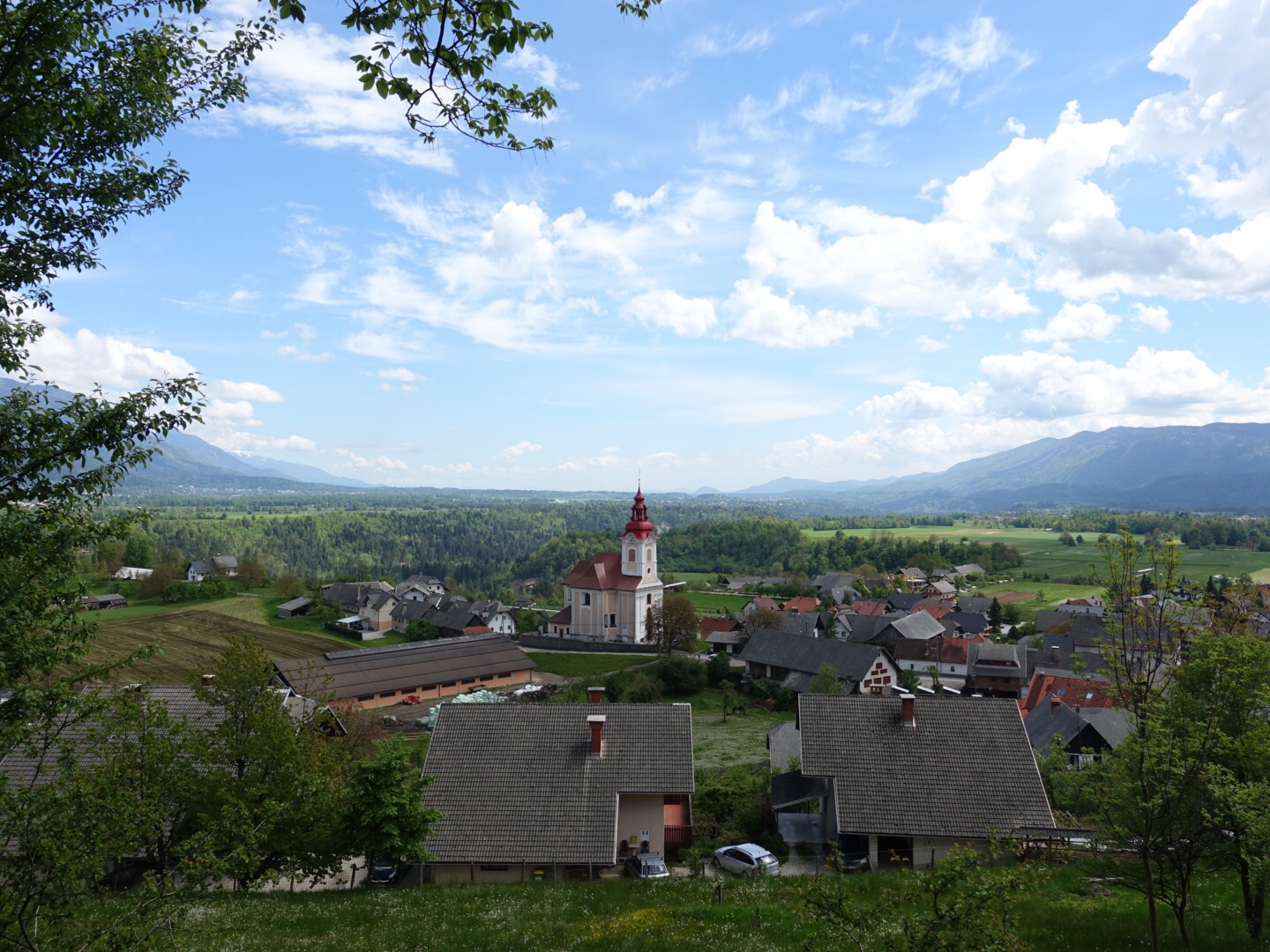

After a stop for our picnic lunch, nearby to the cows, we wandered onto the next little village and then onto Lake Bled.
At one point, we were distracted by a pretty garden
 which meant we missed one of the landmarks in our Bible and so we entered Bled from the opposite direction. Point is, we got there, and it is magnificent.
which meant we missed one of the landmarks in our Bible and so we entered Bled from the opposite direction. Point is, we got there, and it is magnificent.
When Hotel Triglav came into view, it was a sweet sight indeed. It is a beautiful establishment, away from the tourist town of Bled itself. It has a beautiful old world charm and I recommend you check out the link I provided above to get a glimpse of our time there and its history. Here’s a photo from one of its little corners.
 It is perched quite high up so that of course means steps down to the lake (and back up).
It is perched quite high up so that of course means steps down to the lake (and back up).
We had a sauna and a swim in the heated pool and felt completely revived. Our balcony overlooked Lake Bled and we could also see Bled Island with its fairy tale church.

The next day was a “rest” day which meant we didn’t follow the book but still walked. We walked around the lake, climbed up to Bled Castle,

 tasted the famous Bled Cream Cake
tasted the famous Bled Cream Cake

 and found an artist by the lake selling little water colours of Lake Bled. So we each bought one and on the back he then painted a portrait of Ros and me. He really got so much pleasure out of it – as did we! Here are some more photos of Lake Bled.
and found an artist by the lake selling little water colours of Lake Bled. So we each bought one and on the back he then painted a portrait of Ros and me. He really got so much pleasure out of it – as did we! Here are some more photos of Lake Bled.





After our two glorious days in Lake Bled, it was off to our final leg – up to the plateau that would then take us to Lake Bohinj.
 We were back to the more inclement weather and this was a gradual descent from beginning to end.
We were back to the more inclement weather and this was a gradual descent from beginning to end.
First we popped into a local hut for hot chocolate.

 Some parts of the path were almost treacherous – I found a small branch to support me as we wandered over broken branches, fallen trees, rocks, tree roots – you get the picture. We also saw sone salamanders.
Some parts of the path were almost treacherous – I found a small branch to support me as we wandered over broken branches, fallen trees, rocks, tree roots – you get the picture. We also saw sone salamanders.


It would be fair to say for me that Lake Bled was the highlight; walking into Bohinj on a grey, wet day and having to keep walking until we found our, ahem four star hotel was less than inspiring. We really appreciated Hotel Triglav when I asked at reception if the sauna could be turned on, to be told that would be 30 Euros! Suddenly a hot shower seemed like a really good idea.



The next (sixth) day was another rest day and so we walked down to the lake and took the boat up to the beautiful Savica Waterfalls.


On the boat, we had a guide who provided very interesting information on the glacial lake and also on the boat. Turns out it is a German boat, 62 years old and still using the original electric motor – how good is that? As Lake Bohinj is in a national park, fuel-powered boats are not allowed.
There were 440 steps up to the waterfall but after what we had done, this was…a walk in the park.

On our descent, we went to a quaint cafe and ordered home-made apple strudel.

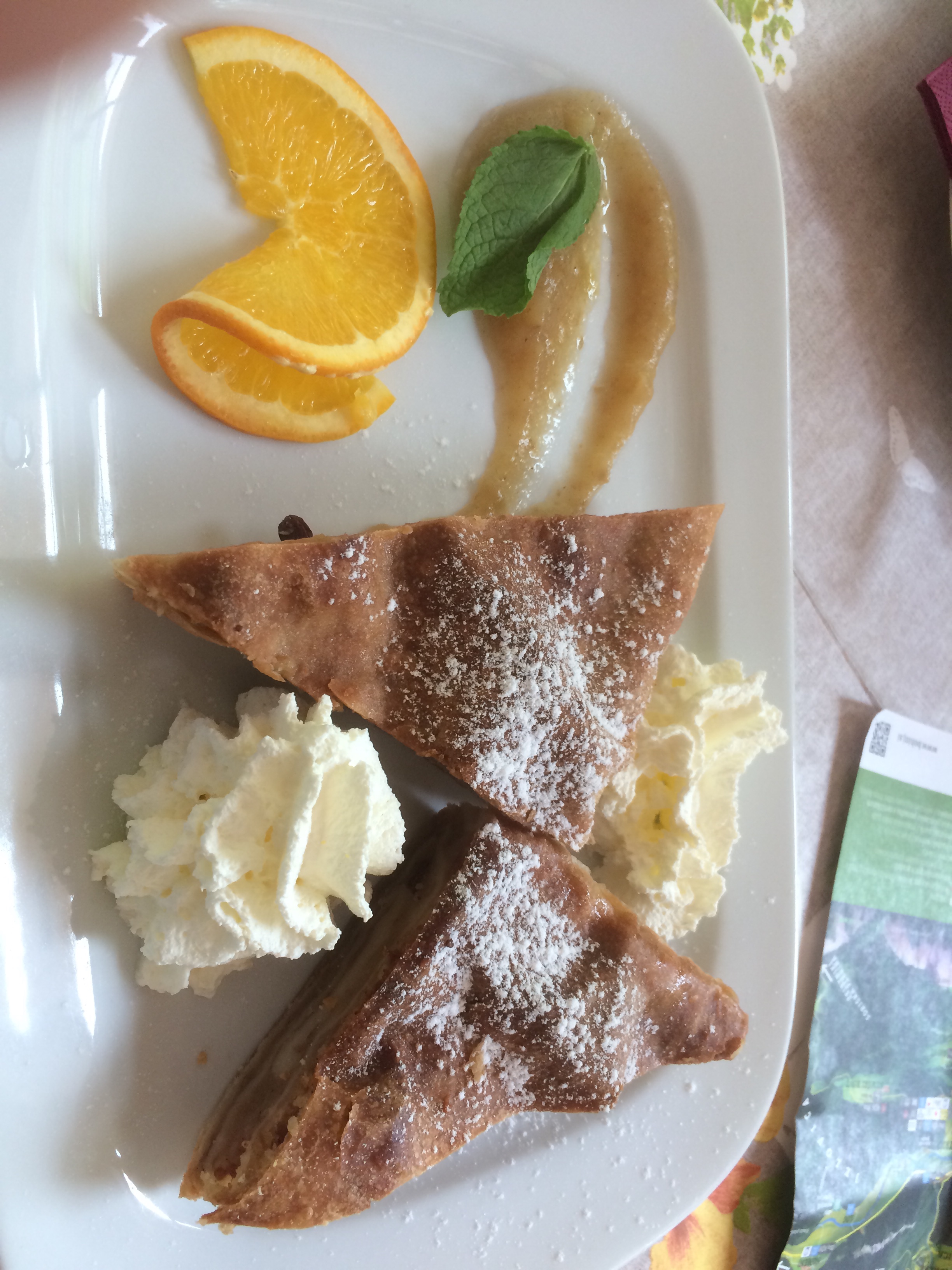 We needed nothing more until dinner time. Then we wandered back home around the lake and prepared ourselves for our departure the next morning to Ljubljana. The bad weather continued and my photos reflect this so I have not included any. It is a beautiful little city, about 300,000 population. It has an old town centre and a castle perched high near the centre of town. Worthy of another trip.
We needed nothing more until dinner time. Then we wandered back home around the lake and prepared ourselves for our departure the next morning to Ljubljana. The bad weather continued and my photos reflect this so I have not included any. It is a beautiful little city, about 300,000 population. It has an old town centre and a castle perched high near the centre of town. Worthy of another trip.
And that is where I will leave my journal for this 2019 trip, dear readers.
Thank you for reading and commenting and I hope to be back in 2020!





















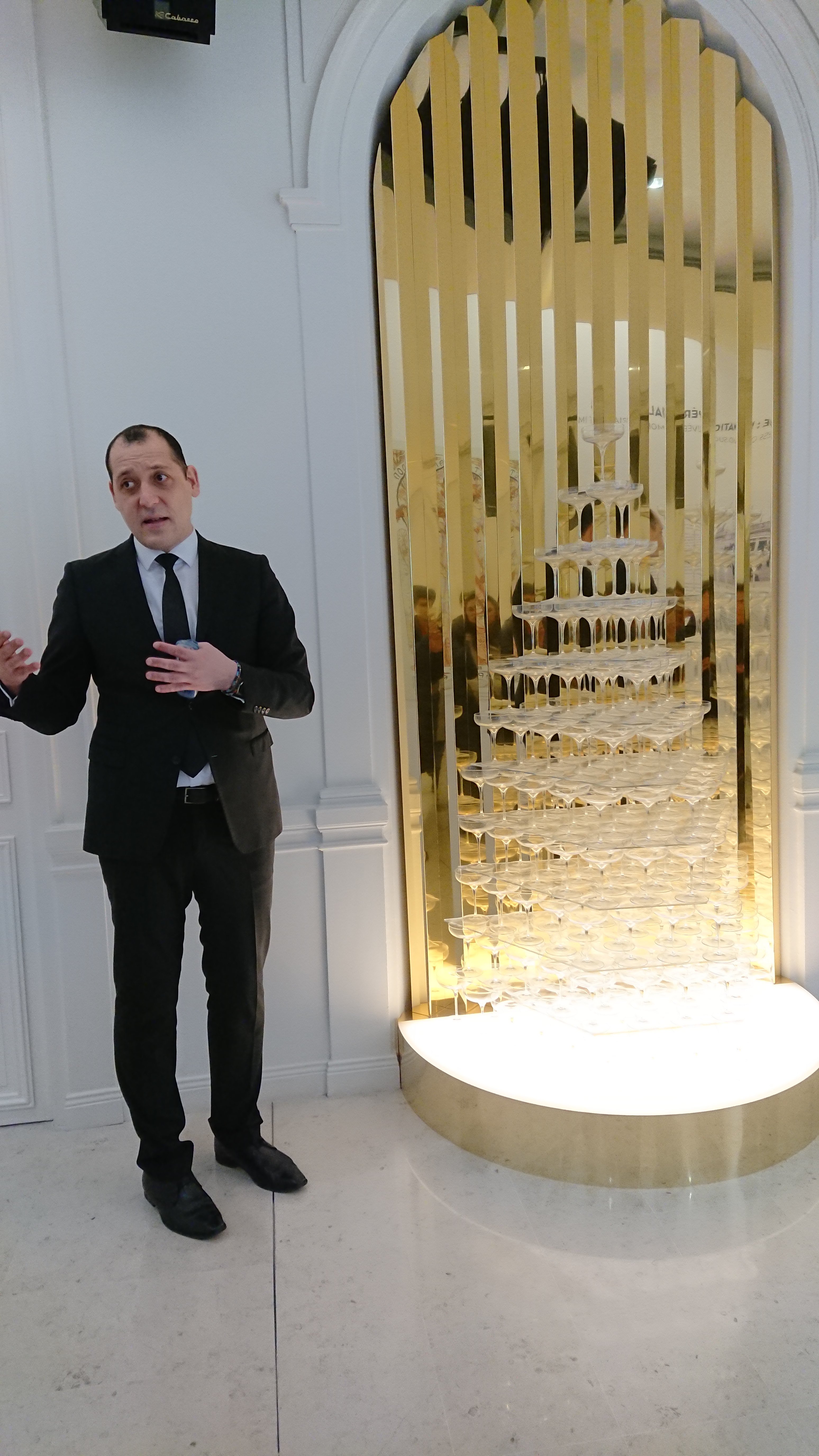


















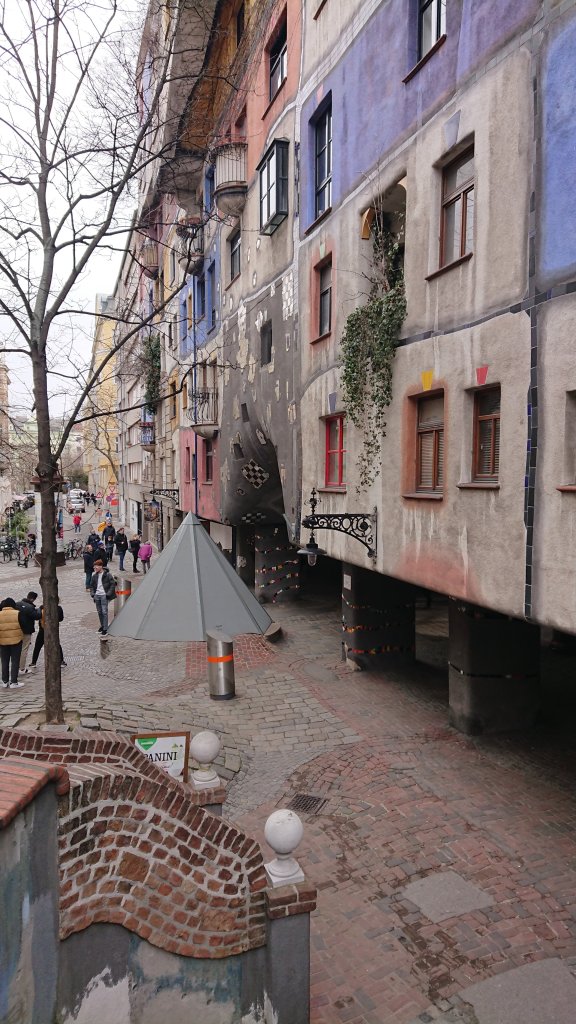









































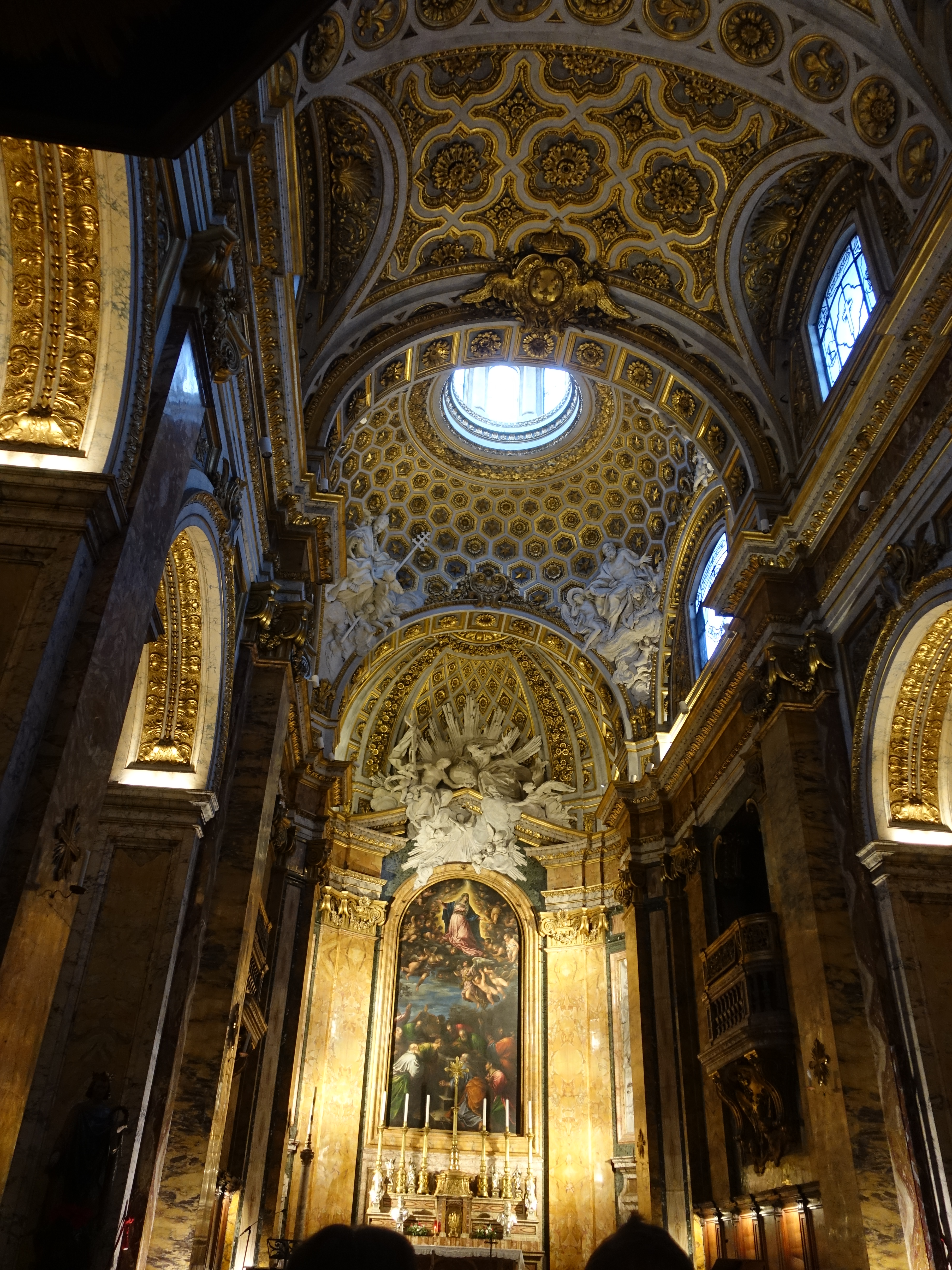















 which meant we missed one of the landmarks in our Bible and so we entered Bled from the opposite direction. Point is, we got there, and it is magnificent.
which meant we missed one of the landmarks in our Bible and so we entered Bled from the opposite direction. Point is, we got there, and it is magnificent. It is perched quite high up so that of course means steps down to the lake (and back up).
It is perched quite high up so that of course means steps down to the lake (and back up).

 tasted the famous Bled Cream Cake
tasted the famous Bled Cream Cake
 and found an artist by the lake selling little water colours of Lake Bled. So we each bought one and on the back he then painted a portrait of Ros and me. He really got so much pleasure out of it – as did we! Here are some more photos of Lake Bled.
and found an artist by the lake selling little water colours of Lake Bled. So we each bought one and on the back he then painted a portrait of Ros and me. He really got so much pleasure out of it – as did we! Here are some more photos of Lake Bled.




 We were back to the more inclement weather and this was a gradual descent from beginning to end.
We were back to the more inclement weather and this was a gradual descent from beginning to end.
 Some parts of the path were almost treacherous – I found a small branch to support me as we wandered over broken branches, fallen trees, rocks, tree roots – you get the picture. We also saw sone salamanders.
Some parts of the path were almost treacherous – I found a small branch to support me as we wandered over broken branches, fallen trees, rocks, tree roots – you get the picture. We also saw sone salamanders.








 We needed nothing more until dinner time. Then we wandered back home around the lake and prepared ourselves for our departure the next morning to Ljubljana. The bad weather continued and my photos reflect this so I have not included any. It is a beautiful little city, about 300,000 population. It has an old town centre and a castle perched high near the centre of town. Worthy of another trip.
We needed nothing more until dinner time. Then we wandered back home around the lake and prepared ourselves for our departure the next morning to Ljubljana. The bad weather continued and my photos reflect this so I have not included any. It is a beautiful little city, about 300,000 population. It has an old town centre and a castle perched high near the centre of town. Worthy of another trip.
























